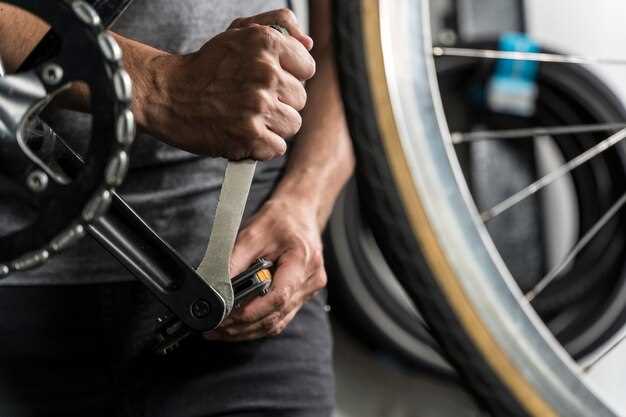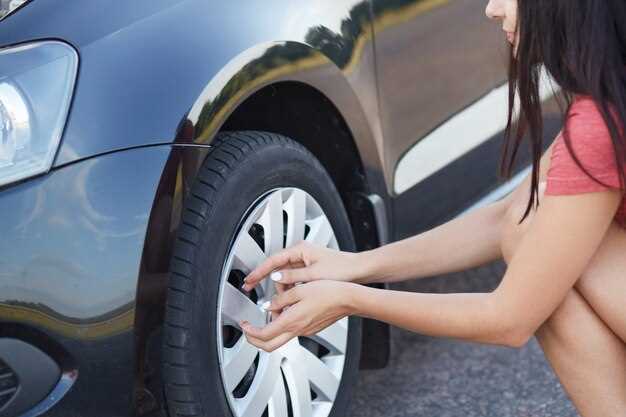
Curbed rims can significantly detract from the overall appearance of your vehicle and may even affect its performance. Whether you’re a car enthusiast or simply someone who wants to maintain the aesthetic of your daily driver, knowing how to repair curb-rashed rims is an essential skill. This guide will take you through each step of the process, ensuring that your rims look as good as new.
Before you begin, it’s important to assess the extent of the damage. Minor scratches can often be repaired quickly, while deeper gouges may require additional attention and resources. In this step-by-step guide, we will cover the tools and materials you’ll need, as well as detailed instructions for both minor and major repairs. By the end, you’ll have the knowledge and confidence to tackle rim repair like a pro.
With the right approach, restoring your curb-rashed rims not only enhances your vehicle’s visual appeal but can also prevent further damage and prolong the life of your rims. Follow along as we delve into each phase of the repair process, transforming those unsightly scratches into a flawless finish. Get ready to roll with confidence!
Assessing the Damage: Identifying the Severity of Curb Rash

When dealing with curb rash, the first step is to accurately assess the damage inflicted on your rims. Determining the severity of the rash can significantly influence the repair method and costs involved.
1. Visual Inspection: Start by conducting a thorough visual inspection of the rims. Look for any visible scratches, gouges, or discoloration. Pay attention to the depth of these marks, as shallow scratches may require less extensive repair.
2. Depth of Scratches: Light curb rash typically manifests as surface scratches that do not penetrate deeply into the alloy. If you can feel a groove when running your finger over the affected area, this indicates a more severe level of damage. Deep gouges that expose the underlying metal may require a professional repair.
3. Affected Area: Assess the size of the affected area. Small, localized rash may be manageable as a DIY project, while larger areas with extensive damage are better suited for professional attention. A significant amount of curvature or multiple rash spots indicates a higher repair complexity.
4. Structural Integrity: Evaluate the structural integrity of the rim. If the damage has caused bending or warping, this is a critical issue that needs immediate professional intervention. Check for abnormal shapes, especially along the bead seat where the tire mounts, as compromised rims can lead to tire safety issues.
5. Finish Quality: Lastly, consider the finish quality of your rims. If the curb rash has led to peeling paint or chipping of the protective clear coat, it will require refinishing. Assess whether the rims have a polished, painted, or powder-coated surface, as this will affect the repair process.
Accurately assessing the severity of curb rash is essential for deciding whether to tackle the repair yourself or seek professional help. Proper identification ensures a successful restoration of your rims.
Gathering Necessary Tools and Materials for Rim Repair

Preparing for rim repair requires assembling a set of essential tools and materials. This ensures a smooth process and improves the chances of achieving professional-looking results.
1. Safety Gear: Before starting the repair, ensure you have appropriate safety gear. This includes gloves to protect your hands from sharp edges and chemicals, and goggles to shield your eyes from dust and debris.
2. Cleaning Supplies: A clean surface is crucial for effective repair. Gather soap and water for initial cleaning, followed by lint-free cloths to dry the rim. Use wheel cleaner for removing brake dust and oil residues.
3. Sanding Tools: For smoothing out the damaged areas, you will need various grits of sanding paper or sanding discs. Start with a coarser grit (such as 80 or 120) and progress to finer grits (220 or 400) for a smooth finish. Additionally, a sander can expedite the sanding process.
4. Filler Material: To repair gouges and scratches, a high-quality metal filler specific for rims is necessary. Alternatives include epoxy putty or aluminum patching compound, which can be molded to shape.
5. Primer and Paint: Select a primer that adheres well to metal surfaces for preparing the rim for paint. Follow this with a high-quality automotive paint that matches your rim’s original color. Consider a clear coat for added protection and gloss.
6. Tools for Application: To apply the filler, you will need a putty knife or squeegee. For painting, keep a selection of spray paint cans for easy application, or a paintbrush for detailed work.
7. Finishing Tools: After painting, use a polishing compound and a soft cloth to achieve a shiny finish. A microfiber towel is ideal for buffing the surface.
With these tools and materials ready, you can proceed with the rim repair confidently and efficiently.
Step-by-Step Repair Process: Sanding, Filling, and Painting
The repair process for curb-rashed rims involves three main steps: sanding, filling, and painting. Each step is crucial for restoring the rim’s original appearance and ensuring a durable finish. Follow this guide closely for optimal results.
Sanding: Begin by thoroughly cleaning the rim to remove dirt and debris. Use a mild detergent and a soft cloth. Once clean, assess the damaged area. Start sanding using a coarse grit sandpaper (around 80 to 120 grit) to remove any rough edges and clear any paint or clear coat surrounding the damage. Sand in a circular motion to create an even surface. Gradually move to a finer grit sandpaper (220 to 400 grit) to smooth out the surface. Ensure that the area is completely flat and blends well with the surrounding rim surface. Wipe away any dust with a clean, dry cloth.


